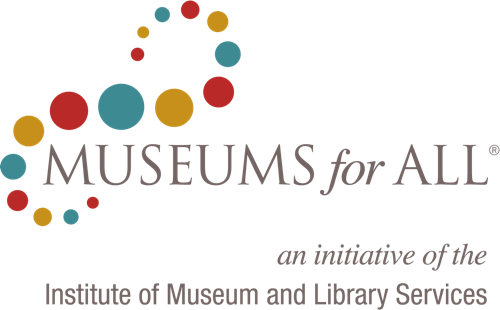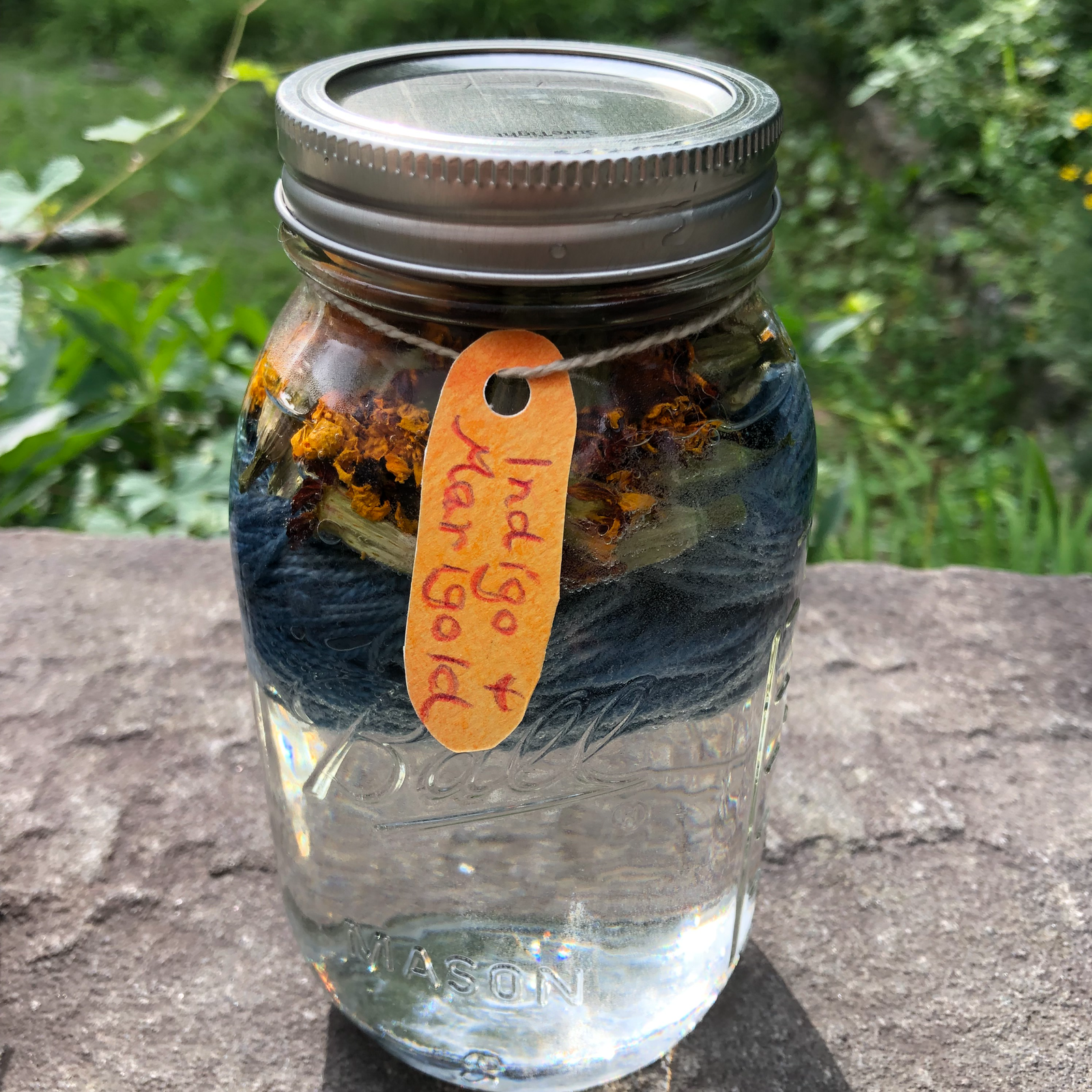We began with the tea parties!
According to this very helpful article from the American Battlefield Trust, thirteen towns in Colonial America had tea parties in addition to Boston.
Two of them happened in Maryland: the Chestertown Tea Party and the Annapolis Tea Party (also called the Burning of the Peggy Stewart).
#1 - Dec 3, 1773 - Charleston SC
#2 - Dec 12, 1773 - Lexington MA
#3 - Dec 16, 1773 - Boston MA
#4 - Dec 25, 1773 - Philadelphia PA
#5 - Dec 31, 1773 - Provincetown MA
#6 - Jan 1774 - Princeton NJ
#7 - Mar 6, 1774 - Boston MA (second)
#8 - Mar/Apr 1774 - Wilmington NC
#9 - Apr 22, 1774 - Sandy Hook NJ / New York NY
#10 - May 23, 1774 - Chestertown MD
#11 - Jul 1774 - Charleston SC (second)
#12 - Sep 15, 1774 - York ME
#13 - Oct 19, 1774 - Annapolis MD
#14 - Oct 25, 1774 - Edenton NC
#15 - Nov 3, 1774 - Charleston SC (third)
#16 - Nov 7, 1774 - Yorktown VA
#17 - Dec 22, 1774 - Greenwich NJ
The American Revolution (1765–1783) is the term for the whole span of time, and the Revolutionary War is the last eight years of it (1775-1783). War officially began April 19, 1775 with the Battles of Lexington & Concord.

We first read Farmer George Plants a Nation by Peggy Thomas and talked about what Zac remembered from our visit to Mount Vernon VA last year.
Then we went to the public library to look at their display on the Annapolis Tea Party, and read The Chester Town Tea Party by Brenda Seabrooke (#10) and The World Turned Upside Down: Children of 1776 by Ann Jensen (#13).


Annapolis Tea Party
Then it was field trip time! I chose the Annapolis Maritime Museum & Park.
723 2nd Street, Annapolis MD
Historical Marker Database (hmdb.org)
You don't have to enter the museum to see this historical marker, so if you're only in Annapolis for the Rev. War you can skip the museum. As it turns out, it's all about oysters (and housed in an old oyster packing plant). So I'm going to add my photos and notes to Local Industry - Waterman.
Before we left Annapolis, we also stopped at the Hammond-Harwood House.
19 Maryland Avenue, Annapolis MD
Declaration of Independence
On Sunday we went and visited Thomas Stone National Historic Site in Port Tobacco MD. Like George Plater III, Thomas Stone was one of the representatives for Maryland at the 2nd Continental Congress. Stone was one of the signers of the Declaration of Independence (1776) and was chosen for the committee that drafted the Articles of Confederation (1777).
I picked this site because Thomas Stone was a signer of the Declaration but later found out that there's a connection between Stone and Stewart (the merchant who was forced to burn his ship during the Annapolis Tea Party)!
Anthony Stewart owned a house in Annapolis MD which he had also named the Peggy Stewart (he named both ship and house after his daughter). Stewart, a Loyalist, ended up leaving Maryland after things got unpleasant. His wife defaulted on the mortgage and the house reverted to Daniel of St. Thomas Jenifer (another founding father, and uncle of Thomas Stone). Thomas Stone then bought the Peggy Stewart House from his uncle in 1783.
On Monday, just for fun, we watched 1776!

As a Bicentennial baby, I'm pretty excited that next year everyone will be celebrating the 250 year anniversary of the United States (Semiquincentennial, ie. half of 500). And I just realized that by Zac learning a little bit about the Revolutionary War now, he'll have a much better understanding of what's going on next year during all of the festivities!
I think that a brief look at two wars is plenty in fourth grade, so for our study of Local History in Southern Illinois, we'll do the French & Indian War and the Revolutionary War. I'll have a whole new state to learn about!
This post contains affiliate links to materials I truly use for homeschooling. Qualifying purchases provide me with revenue. Thank you for your support!






















































































 Immersive Experience
Immersive Experience Immersive Experience
Immersive Experience






